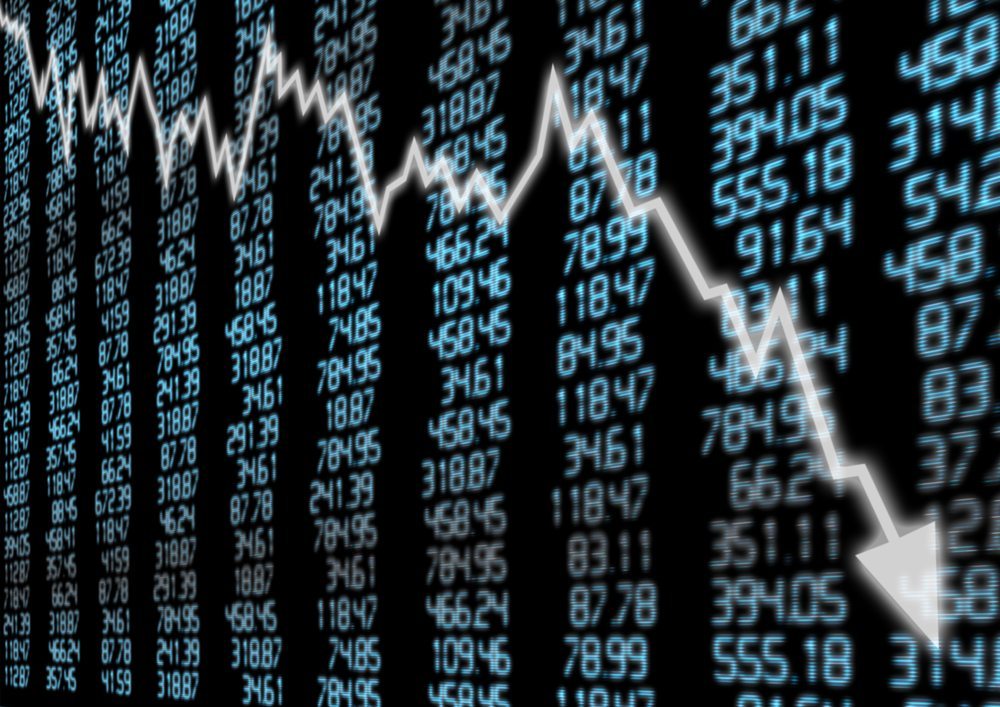From mid-year highs just shy of $400 a share, the iShares Nasdaq Biotechnology (NASDAQ:IBB) now trades at $310 a – a close to 23% decline across a three-month period. A brief correction during the first two weeks of September suggested a return to the overarching bullish momentum in the biotech space as we head into the latter half of this year, but over the last two weeks, this correction has reversed and the IBB has lost more than 15% across the period. Now, analysts are suggesting that this could be the beginning of a longer-term trend reversal, and that the bearish action in biotechs could drag on to mid-2017. Some of the biggest losers in the space are the mega-cap incumbents that generally experience some level of insulation from wider market economics, current circumstances notwithstanding. Amgen Inc. (NASDAQ:AMGN) is down 22% from 2015 highs. Celgene Corporation (NASDAQ:CELG) has lost a similar portion of its market capitalization over the last six weeks. Gilead Sciences Inc. (NASDAQ:GILD) is down 18% since the end of July, and has lost an average of 2% per session for the past week. So, what’s behind the decline? Further is it purely a secondary correction on the bullish momentum we have seen for the past five years or so, or are we really looking at two years of sustained deflation in the space? Let’s try and figure it out.
The biotech space has been one of the best performing industry sectors since the last recession. Numerous companies and the major ETF’s in the sector are up triple digit percentages, and for some time now analysts have suggested the space as being in a bubble. When the suggestion of a bubble filters through to popular news media, markets will often get edgy as investors pois themselves to hit sell and book what could be already overextended profits on their long exposures. At times like this, it doesn’t take much to spook these investors, and initiate a sell-off. Over the past couple of months, we’ve had two major events that have driven this sell-off. The first was the anticipation of an interest rate hike earlier this month. While the threat of deflation remains very real in the US, markets expected Janet Yellen to raise interest rates on the back of promising employment figures. Increased rates make markets more expensive for borrowers, and as a result, will generally translate to a cool off period in equities. We got this cool off throughout August, and naturally, it impacted the sectors that markets are viewing as overinflated – namely biotech and healthcare – the hardest. The more recent event that drove last week’s sell-off, however, was politically motivated. You will no doubt already be aware of last week’s Martin Shkreli incident, which saw him attract a huge amount of negative attention on the back of his raising of the price of Daraprim from $13.50 to $750 per pill. News media quickly picked up on the story, and the incident culminated in a Tweet sent out by Hillary Clinton stating that she would implement policy to put an end to price gouging. The Tweet itself put pressure on the biotech space, but it is the wider implications that are what will put pressure on pharma going forward. Why? Because the topic has now become a major talking point on the US campaign trail. Prior to this event, the majority of the US presidency candidates had stayed away from the biotech space from a policy perspective. As the primary candidates weigh in on the matter, we can expect further downside pressure on the sector.
So what’s next? Well, the latter half of 2015 looks like a risky time to be long biotech. With US economic fundamentals becoming increasingly uncertain, and the impact of political debate now factoring in on biotech’s future, expect to see investors taking profits off the table over the coming months.
